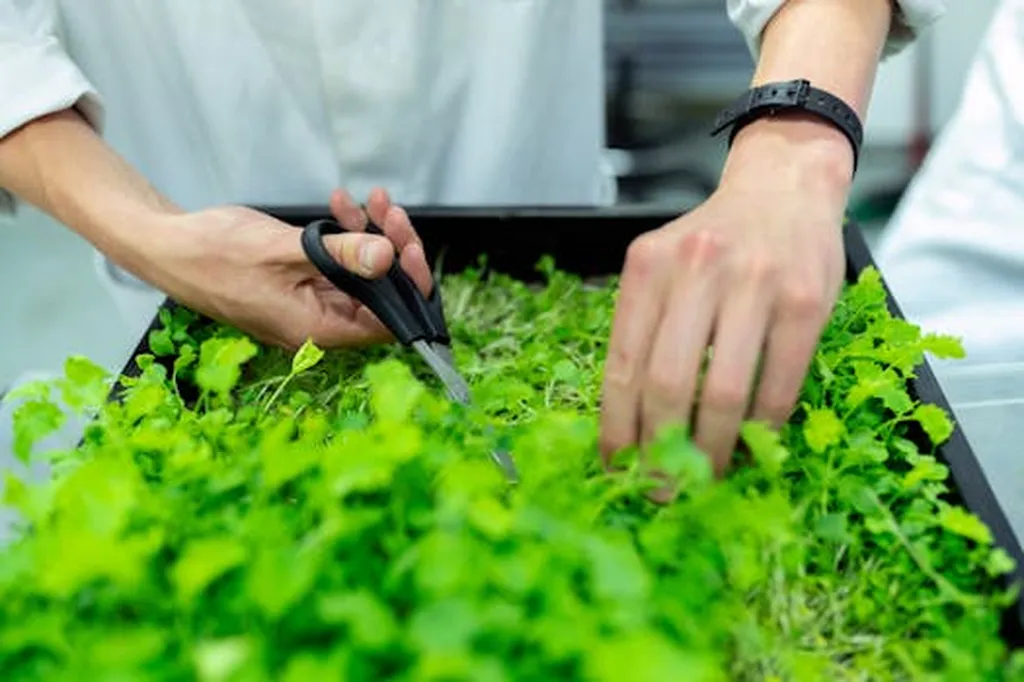In the intricate dance of life, two seemingly disparate ecosystems—the plant rhizosphere and the human gut microbiome—share more in common than one might think. This revelation comes from a groundbreaking review published in the journal *Microbiome* (translated as “Microbiome”), led by Diana Ilyaskina of the Department of Microbiome Engineering at the Swammerdam Institute for Life Sciences, University of Amsterdam. The study introduces a novel perspective, likening the human colon to an “inside-out” version of the rhizosphere, a concept that could reshape our understanding of host-microbiome interactions and open new avenues for sustainable agriculture and human health.
The rhizosphere, the region of soil influenced by plant roots, and the human gut microbiome, the community of microorganisms residing in the human digestive tract, are both critical for the health and functionality of their respective hosts. Despite their differences, these ecosystems are governed by similar evolutionary principles, shaped by agriculture, lifestyle, and nutrient-driven selection. This resilience to environmental pressures is a testament to the adaptability and metabolic convergence of microbial communities.
Ilyaskina and her team delve into the functional and ecological parallels between these two ecosystems, focusing on the metabolites and receptors involved in host-microbiome communication. “By understanding these shared mechanisms, we can bridge knowledge gaps and promote interdisciplinary approaches,” Ilyaskina explains. This integrated perspective could address global challenges in human health and agricultural sustainability, offering innovative solutions for a more resilient future.
The implications of this research are far-reaching, particularly for the energy sector. As we grapple with the need for sustainable agricultural practices, the insights gleaned from this study could inform the development of biofertilizers and biopesticides that enhance crop productivity while minimizing environmental impact. Moreover, the understanding of microbial resilience could lead to the creation of more efficient bioenergy crops, contributing to a greener energy landscape.
The study also highlights the potential for translating these findings into human health applications. By elucidating the mechanisms of host-microbiome communication, researchers may develop targeted therapies for gastrointestinal disorders and other health conditions influenced by the gut microbiome. This interdisciplinary approach could pave the way for personalized medicine, tailoring treatments to individual microbiome compositions.
As we stand on the cusp of a new era in microbiome research, the work of Ilyaskina and her colleagues serves as a beacon, guiding us towards a deeper understanding of these complex ecosystems. The parallels between the rhizosphere and the gut microbiome offer a unique lens through which to view the interconnectedness of life, fostering a more holistic approach to addressing global challenges. With the publication of this review in *Microbiome*, the stage is set for a future where the boundaries between disciplines blur, and the potential for innovation knows no bounds.

